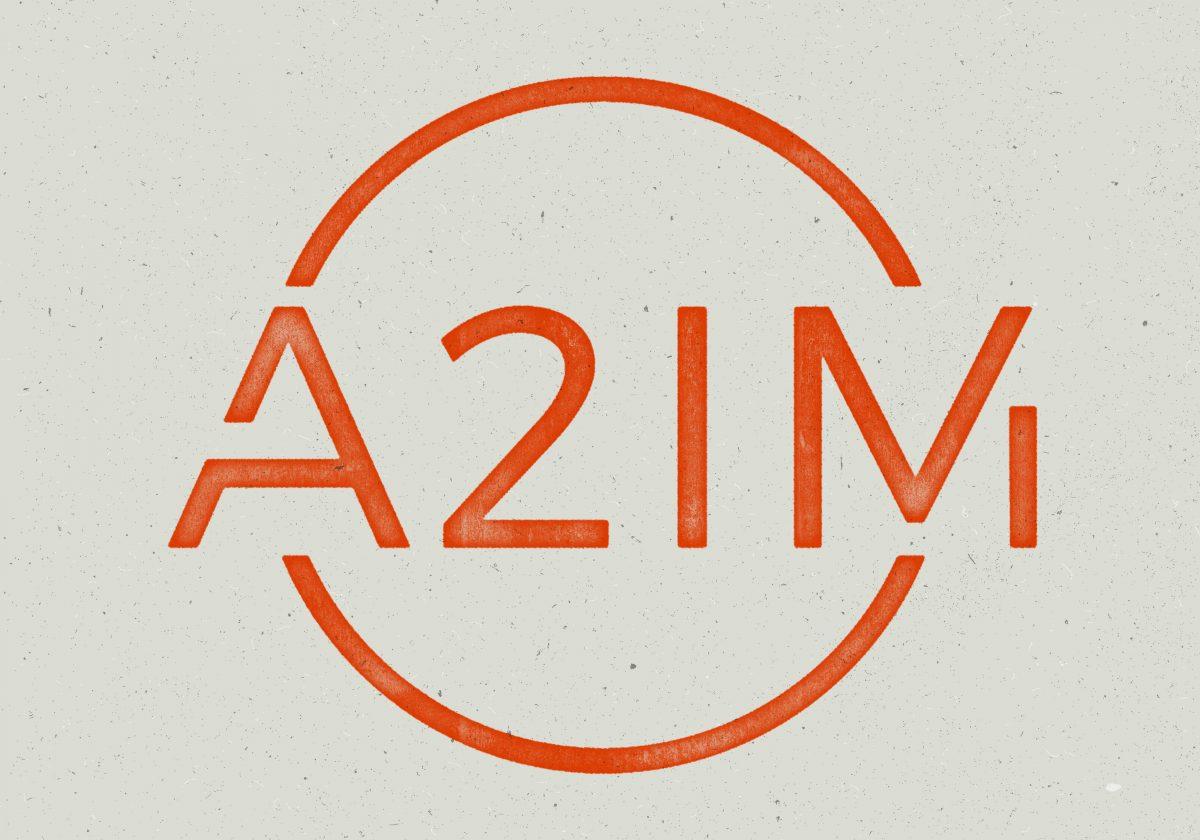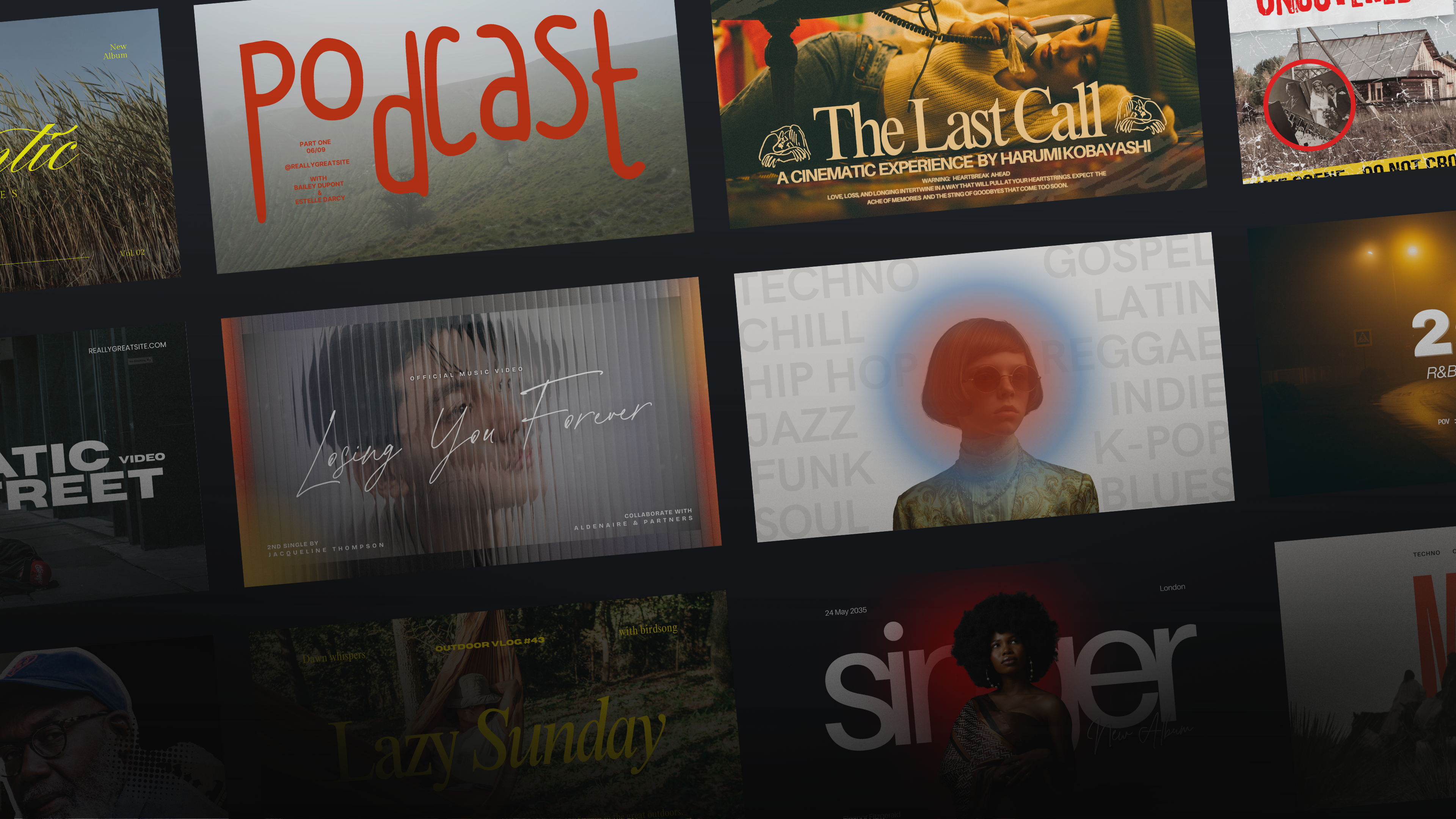“Merchandising” Panel @ A2IM Indie Week 2019
Last month our team visited New York for the A2IM “Indie Week” music conference. You can check out our recap blog here.
Conversations this week focused around maximizing your impact as an independent artist, label or team. One panel really stood out to us, and we wanted to share it with you.

Sitting in on this panel was Andrew Jervis of BandCamp, Amanda Fiore of Sumerian Records, Luke Hodson of Awesome Merch and Jon Strickland of the famous Sub Pop. We’ve broken this blog into the different questions / topics covered, rather than focusing on who said what. Therefore the answers below are our interpretations of the conversation, and may not reflect the opinions of everyone on the panel.
Why should artists make merch?

First and foremost, opening another revenue stream besides just selling recorded music is important. Whether you want to earn enough to quit your day job or simply fill the van with gas to get you to your next show, well-done merch can be a gamechanger.
Even more, artists make merch to genuinely connect with fans. There’s something about a piece of physical merch that brings a connection that digital simply can’t. By creating physical products that align with your brand as an artist or label, you give fans the opportunity to carry your brand into the real world.
What effect on marketing does merch have?
If done correctly, physical merchandise stands to complement and enhance the rest of your marketing efforts. We’re in an age where people see through what isn’t genuine. If you just throw your logo on a Hanes t-shirt, you’re likely hurting your overall brand.
But there are many marketing techniques that could just as easily help solidify your brand. For example, design a shirt that is only available with a pre-order of your new album. This creates a sense of urgency, exclusivity and gives your top fans a way to show their loyalty. For an in depth look on some of the most effective merch we’ve seen, check out our “merch offerings” blog.
How does merch drive the sale of music?
Combining a physical CD with other merchandise is a way to directly increase album sales. CD’s are fairly inexpensive to manufacture, yet add a ton of perceived value when bundled together with merch in your shop.

If new listeners see that you have high quality merch and a focused brand, they’re much more likely to engage with your music. So spending time designing your products and to make sure they align with your brand indirectly drives fans to your music.
Now.. Single wasn’t included on this panel. However that doesn’t stop us from dropping in our thoughts (in hopes we’re invited next time around). As many of you know, our tools allow you to bundle digital music with products in your shop. So if your main goal is charting album sales, run a pre-sale campaign and attach the digital album to every item in your shop.
Can you count on revenue from merch?
On one hand, it can be very hard to predict how your merch will sell across time. It may be a complete mystery why you completely sell out of a shirt one month, yet can’t seem to sell a single one the month after.

However there are strategies you can take to make your merch sales more consistent. The main point here is to continue releasing new, quality products to keep your top fans engaged. If you put time and effort into the design and story surrounding your merch, loyal fans will support you.
Tell a story - whether that be releasing a different piece of merch leading up to a release, a “hometown show” shirt, or a limited colored vinyl. There are thousands of merch ideas you can use to engage fans, or choose to come up with something new entirely.
How do environmental concerns play a role in artist merchandise?
We can start with one of the most obvious issues with merchandise - leftover inventory. Whether your merch didn’t sell as well as you thought or your sizing estimations were off, getting stuck with leftover merch is wasteful. But thanks to advancements in print technology, indies aren’t required to print inventory at all.
Print-on-demand (POD) is a service that allows you to create a product design and put it for sale in your shop - without printing any inventory. Every time a product is sold, the POD company prints, packages and ships your item to the customer - saving you valuable time and energy.
The other side to this is about appealing to your core demographic. If you know that your fans care deeply about the environment, make your next batch of t-shirts from recycled material. Or make an extra point to reduce packaging and tell your fans about it!
Have questions about anything we’ve talked about today? Let us know!
-The Single Team





